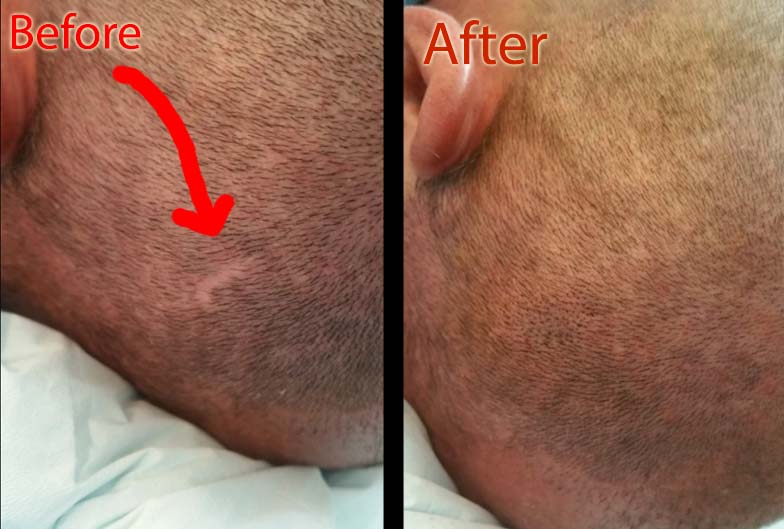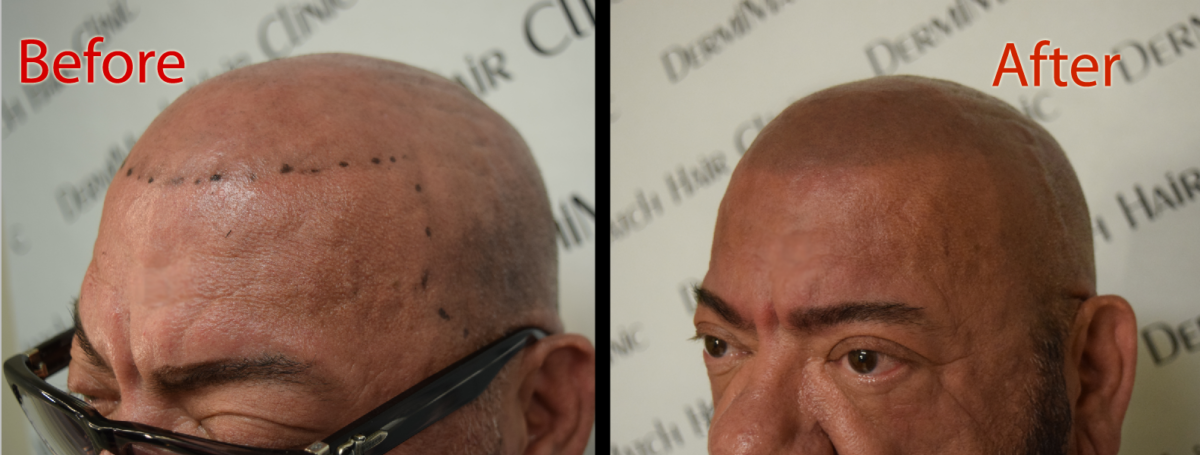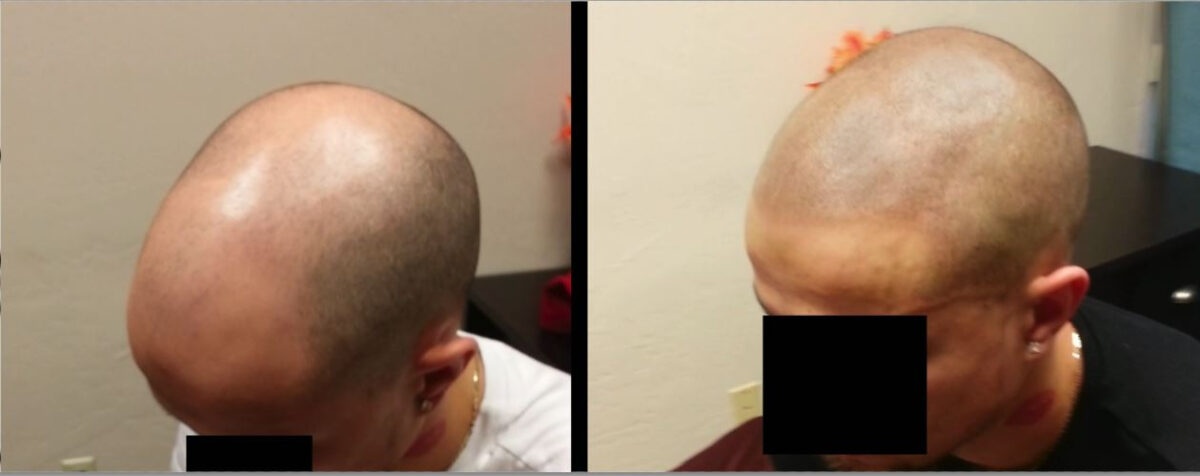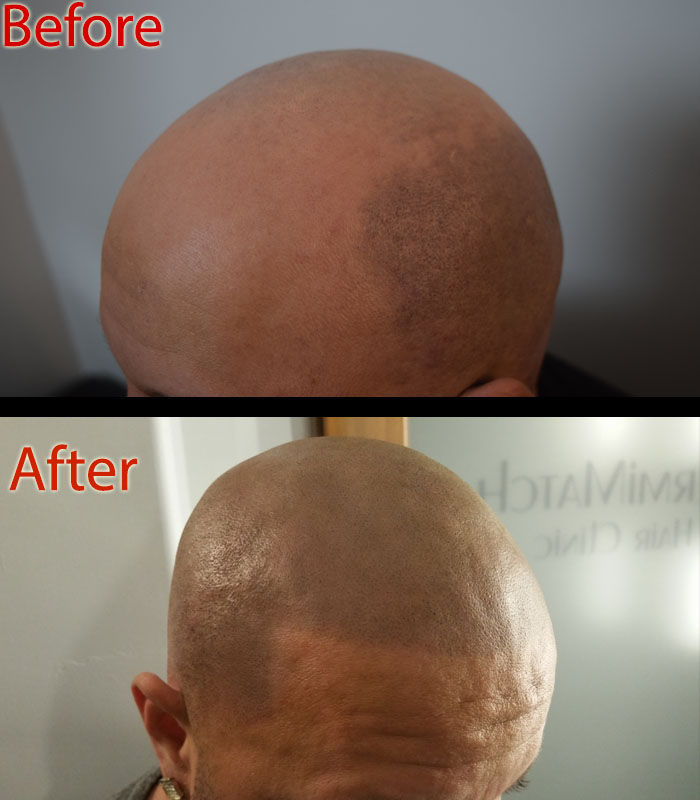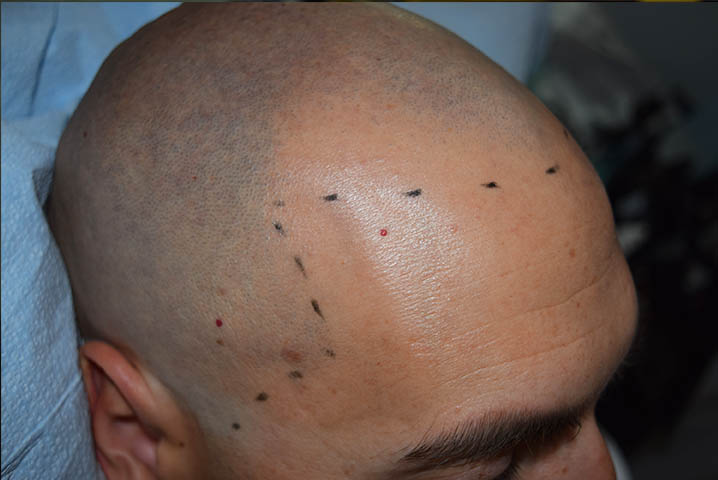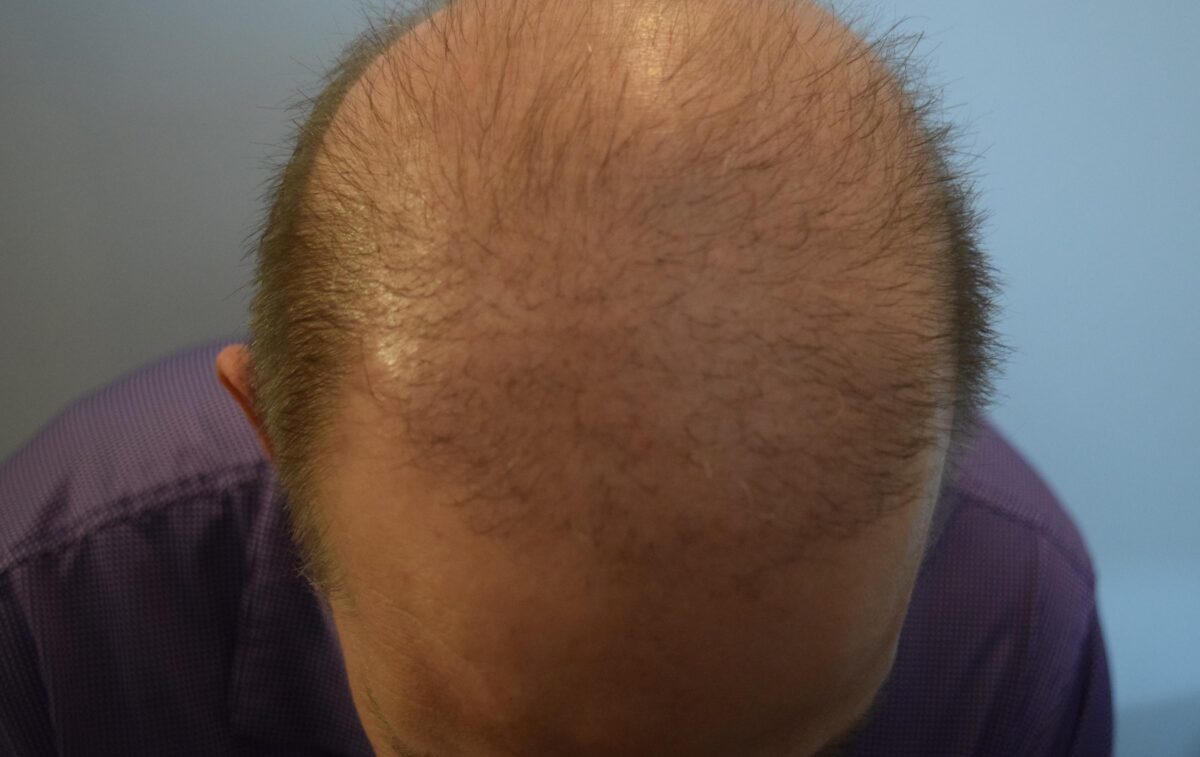There are different types of scars and SMP offers a permanent solution. But let’s first understand what a scar is. A scar is your body’s natural response to an injury. In this process, it replaces damaged skin. Composed of fibrous tissue, a scar may form from an injury, surgery, or infection. Inflammation of tissue may also be responsible for scar development. How a scar appears is determined by the skin type. Its location on the body also decides the final look of a scar.
Types of scars
Keloid Scars
Rounded, thick, and irregular scar tissue clusters growing at the site of a wound are categorized as keloid scars. Such scars appear red in color than the surrounding skin. They form from collagen after wound healing. Keloid scars are more apparent in darker-skinned people and may form within one year after the trauma to the skin.
Hypotrophic Scars
It is a hyperpigmented scarring that occurs due to the loss of collagen. One example of hypotrophic scarring includes acne and chicken pox. A person may get a hypotrophic or sunken scar after a hair transplant.
Hypertrophic Scars
Similar to keloid scars, hypertrophic scars do not extend beyond the original boundary of the skin problem or injury. This type of scars may appear thick, elevated, and red. Hypertrophic scars may develop after a few weeks of the injury.
SMP for Scars
Does micropigmentation work on scar camouflage?
SMP is a safe solution for scar removal or camouflage. In fact, it is one of the most effective ways to hide scars and create a fuller-hair look. However, only an experienced and skilled SMP artist knows how a scar heals. They understand that inserting pigment directly into a scar will not produce natural results. Scars are notorious for rejecting ink. Only an expert scalp practitioner can work on scar camouflage.
How can I permanently cover up scars?
No matter what types of scars you want to be removed, a scalp professional uses the best scar pigment to camouflage scars. They leverage their experience to insert thousands of pigmented microdots into the scar site. Their goal is to hide any sign of scar and create the appearance of a buzzcut or a freshly shaved head. Scar treatment may need multiple sessions to permanently cover scars. It is not possible to remove different types of scars and SMP can be used effectively to conceal them.
If you have a scar from FUT transplant or FUE scars, Arizona SMP practitioners can hide the donor sites completely, depending on your hairstyle. The objective of the treatment is to make it look natural and safe.
However, a scar must have healed fully before scar micropigmentation can begin. In some cases, it may take a fresh wound about 6-12 months of healing time.
Are you interested in scar camouflage?
SMP is a safe process to hide scars. The scar pigment used at DermiMatch Clinic is harmless and natural and has no precedence of allergic reactions thus far. Besides, the ink is deposited only at 0.6 to 1 mm depth, which ensures that sensitive areas remain untouched.
DermiMatch Clinic in Arizona is one of the most reputable scalp micropigmentation places in the state. Its SMP professionals are experts in scar camouflage and have years of experience in helping people suffering from hair loss and scalp problems. Scheduling a consultation with SMP technicians is easy on DermiMatch website.

